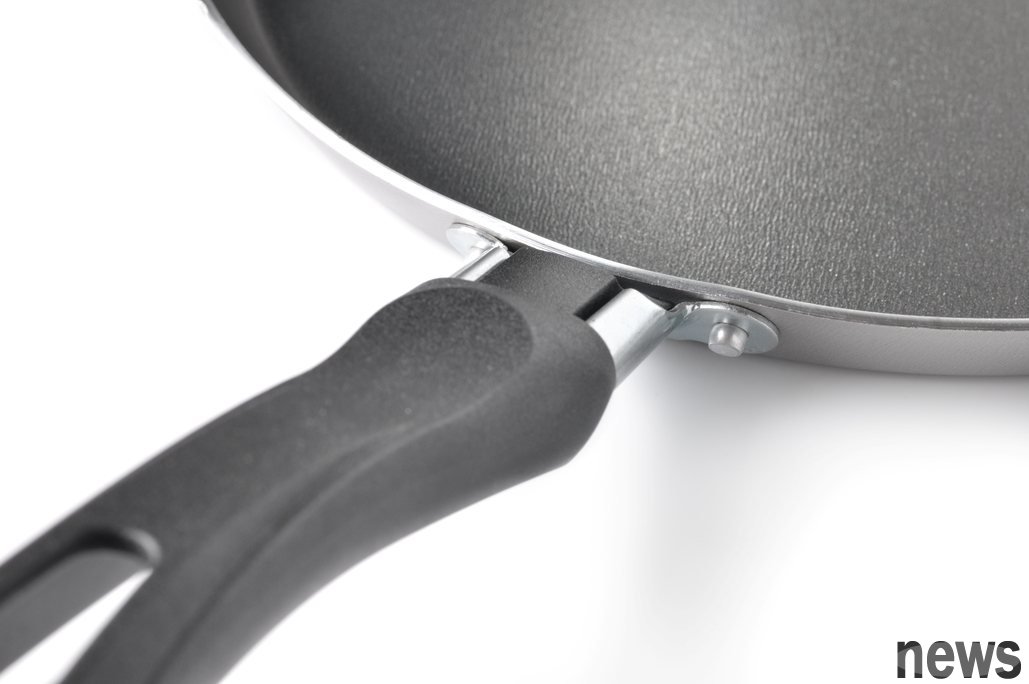
Flat bottomed kettle is a common cooking tool in kitchens, and many people may use it every day. In order to make it last longer, daily maintenance is very important. However, you are likely to have done unintentional care without knowing it.
The NG behavior of cleaning non-stick flat bottom gingerAccording to experts, there are six precautions when using non-stick flat bottom ginger:
1. After cooking, put it in water while it is hot. It is generally believed that washing the hot pot with water can easily remove the grease, but not sticking to the pot is very sensitive to temperature difference, which may be one of the reasons for the pot. 2. Use metal brushes, hard sea or technological sea radish to cleanUse hard material cleaning tools to scrape off the non-stick layer. It is recommended to use soft materials such as sea radish to clean it lightly.
3. After cleaning, empty burning is usually prohibited. Excessive burning is damaged. Excessive temperature will damage the flat-bottomed lamellae. Therefore, after cleaning, wipe the moisture with a cloth towel and then dry naturally. 4. Put it in the dishwasherEven if it is marked as a dishwasher that does not stick to flat bottom, it may cause it to become damaged too early due to the water temperature of the dishwasher. Additionally, when cleaned with other cutlery, the water flow will move other items and may scratch the surface layer.
5. Put the ingredients in the pot for a long timeSince the flat-bottomed pot is made of metal, if the ingredients are placed in the pot for a long time, the salt and other ingredients in the ingredients may gradually penetrate into the inside, causing the layer to fall. Therefore, after cooking, the food is stored in a storage container or bowl.
6. When the flat bottom bulb or bulb is placed with other flat bottom bulbs, the surface layer will be scratched and then damaged. To protect the flat bottomed tin, place a cushion between the tins to avoid scratching, or use a cloth or towel instead.Overall, although it is not easy to burn the ingredients when used without sticking to flat bottom, you also need to be careful when cleaning and maintaining.
Is non-stick pill layer harmful to human health?According to the scientific health care station professor Lin Qingtong, the non-sticky layer is a common iron fluoron, and surfactant is required during the production process.
Before 2013, the activator used by DuPont was PFOA, a type of carcinogen listed as a Class 2B by an international cancer research organization (carcinogenic to tested animals, but has not been proven to be carcinogenic to humans).
However, because PFOA is hiding health and contaminates the environment around the production plant, DuPont has stopped using PFOA since 2013 and completely stopped its production in 2015.
In order to continue making iron fluoride, DuPont switched to GenX as a surfactant. The GenX carbon chain is shorter and considers it to be more environmentally friendly, but the U.S. Environmental Protection Agency is still evaluating its safety and has not decided whether to ban production.
Nevertheless, many people mistakenly regard iron fluoron and PFOA scheme as the top number, which is why not sticking to the pot is mistakenly considered toxic or carcinogenic.
In fact, iron fluoride has been widely used in various industries, such as aerospace, electronics, medical care and home appliances, and has been used for 60 or 70 years, but has not had a clear impact on health. Therefore, in terms of daily necessities, the safety of iron fluoride is guaranteed.